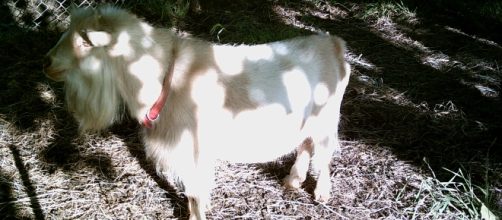Disney’s designers were stumped. Enter Disney employee Tyrus Wong. He saw something different in the preliminary sketches in the 1930’s of the Disney classic, “Bambi” and Walt Disney agreed.
The detailed forest background overwhelmed the images of Bambi. Tyrus Wong changed the perspective by seeing the bigger picture. He utilized dreamy, impressionist-style watercolor images for the backgrounds, creating indefinite infinity, and it worked! Completed on his own time, Wong’s work brought character and emotions to the forest in hundreds of paintings.
Tyrus
The New York Times reports filmmaker Pamela Tom said, “I can't emphasize how significant a figure he is for L.A. and for the industry.” Her award-winning documentary “Tyrus” premiered last year. “There will never be another Tyrus Wong.” The timely film took more than 10 years to complete, and focuses on history, racism, discrimination, art, and the Chinese American community.
Influencer
Tyrus Wong was an influencer. During his slice of time, he transformed the way future generations of animators and artists created layers of captivating magic on film. He worked for 25 years at Warner Brothers and drew acclaim from the international art community.
Immigrant
In a memoir by Lisa See, Wong was born on October 25, 1910, in Guangdong province in southern China.
He recalls that the family's food was hanging from the roof so that the rats could not eat it. He came to the US in 1920 with his father, never to see his mother or sister again.
Settling in Pasadena's Chinatown, Wong painted posters for school events. The principal helped him get a scholarship at Otis Art Institute (now Otis College of Art and Design). He perfected the techniques of Western art and Japanese and Chinese painting that used minimalistic brush strokes to express mist, plants, and mountains with the balance and harmony connected within nature.
Flying kites
One could find Wong at the beach flying kites in his later years. From his home in Sunland, he crafted impressive works that enchanted beach-goers; an appropriately similar, ethereal closing as in the Disney film "Mary Poppins."

